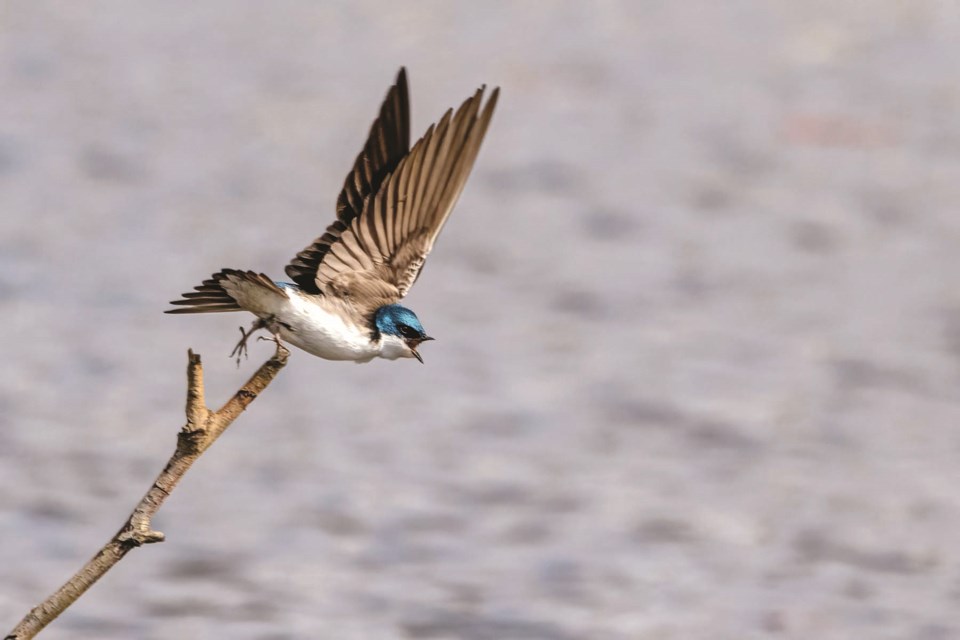It’s the first week of February. Nova Scotia is digging out from a record 150cm of snow and Los Angeles is the beneficiary of an atmospheric river that on other occasions might be headed our way. Meanwhile, in our corner of paradise, the crocus, snowdrops, early daffodils, and hellebores are blooming. In the bird world, the lengthening days and warming temperatures bring on hormonal changes that induce birds to sing, find a mate and raise a family. For others it means long migratory flights to summer quarters.
This El Niño-influenced winter has been very mild everywhere in Western Canada, except for the short, record-breaking cold snap around Jan. 12. The benign weather appears to have induced some boreal species to stay north for the winter. Normally, purple finches are reliable winter residents around some local bird feeders, but they have been totally absent this year. On the other hand, some half-hardy species that are normally absent have wintered here, for example, a small flock of cedar waxwings has been reported by various observers in lower Gibsons. This species usually only appears in mid-May. Two species of warblers have been reported: Townsend’s and orange-crowned. Both species have rarely wintered locally before.
More noteworthy was the unexpected appearance of two species of swallows on Feb. 1 and 3. Tiny numbers of swallows were reported from various locations around the Salish Sea from Victoria to Powell River. Most of the birds were barn swallows, with a few tree swallows. Swallows are not to be expected in Canada this early in the year, but they are opportunistic vagabonds, and it is not without precedent. Barn swallows have been recorded on the Sunshine Coast in every month of the year. Tree swallows always arrive in March, so a Feb. 1 record is exceptional. The barn swallows (three) were reported and photographed by Robyn Rietze at the Wilson Creek estuary and the tree swallow by Blythe Wilde on the Sechelt waterfront.
There are other early signs of spring activity to watch and listen for in the next couple of weeks. My local pair of bald eagles on Redrooffs Road have become much noisier recently. A visit to any wetland with cattails will probably produce red-winged blackbirds vocalizing noisily, as they work out mating and nesting territories. In the woods you might hear an early Pacific wren singing its heart out, and song sparrows will also be trying out their vocal chords before really letting loose in March. In gardens and suburban areas, the first robins may appear, and in lightly wooded areas listen for the monotonous “zu-weep” of Hutton’s vireo.
To report your sightings or questions contact [email protected] or 604-885-5539. Good Birding.



-2.jpg;w=120;h=80;mode=crop)
